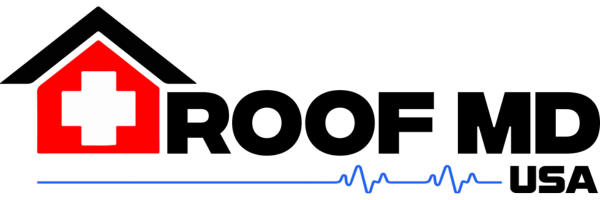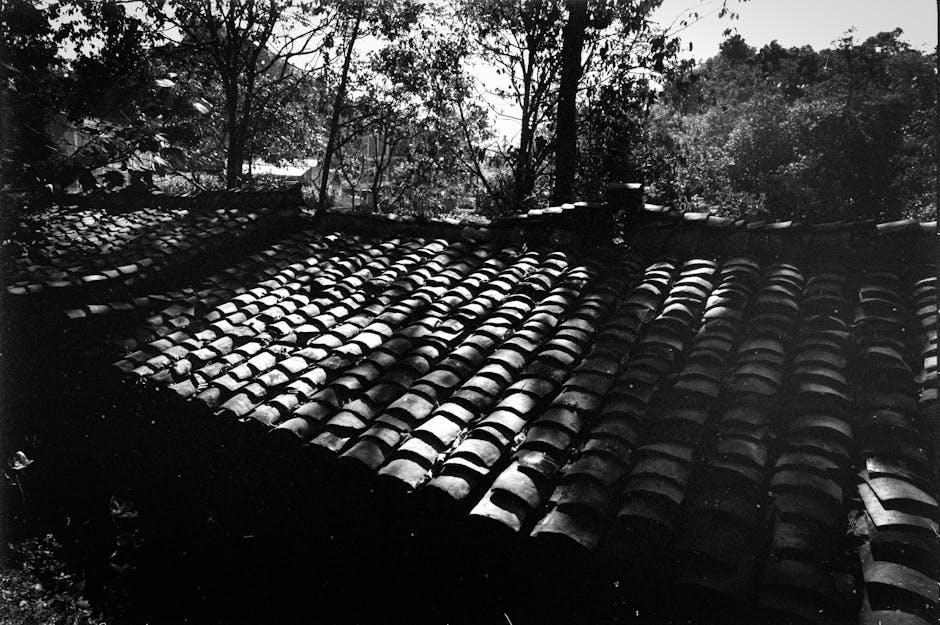Diving into the roof certification process can seem like navigating uncharted waters for many homeowners. Yet, it stands as a crucial assessment to ensure your safe haven stands strong against nature’s whims. This guide illuminates the path, making the journey less daunting.
Understanding the Roof Certification Process
The journey of securing a roof certification often starts with a professional inspection, which is far more in-depth than a standard home inspection. This detailed evaluation focuses on the condition, quality, and lifespan of your home’s roofing system. Specialists look for signs of wear and tear, damage, and potential leaks, assessing not just the surface, but also the integrity of the shingles, tiles, or other roofing materials.
A certified roof inspector will also scrutinize the ventilation systems, ensuring they are functioning optimally to avoid moisture accumulation that could lead to mold growth. They check flashing, gutters, and downspouts for efficiency and integrity, providing a comprehensive assessment of the roof’s overall health.
Following the inspection, the homeowner receives a report detailing the findings, including any recommendations for repairs or maintenance. Should your roof pass the inspection, a certification document will be issued, typically valid for 2-5 years, depending on local standards and the roofing material used.
The Importance of Roof Certification for Homeowners
Acquiring a roof certification provides peace of mind, confirming that your roof is in good condition or identifying any issues that need immediate attention. It’s particularly crucial when buying or selling a home, serving as a testament to the roof’s status and potentially smoothing the sale process.
For homeowners, the certification process can preempt costly repairs down the line by catching minor problems before they escalate. It also potentially lowers insurance premiums as insurers value the risk mitigation that comes with a certified roof’s assurance of soundness and durability.
Step-by-Step Guide to the Roof Certification Procedure
Initiating the roof certification process typically involves selecting a licensed and reputable roofing contractor specialized in professional roof inspections. It’s important to request a detailed quote covering the scope of the inspection to avoid unexpected costs.
Pre-inspection, it’s advisable for homeowners to document any known issues or past repairs. This information can guide the inspector’s focus areas, ensuring a thorough check. Post-inspection, reviewing the provided report alongside the inspector can clarify any concerns and outline the next steps, be it certification or necessary repairs.
Common Issues Identified During a Roof Inspection
Common findings during a roof inspection include missing, damaged, or aging shingles that compromise the roof’s integrity. Inspectors might also uncover improper flashing installation around vents and chimneys, a common source of leaks.
Other frequently spotted issues include blocked gutters and downspouts that risk water damage to the structure and foundation, as well as inadequate ventilation leading to moisture problems in the attic. Addressing these concerns promptly can extend your roof’s lifespan significantly.
How to Prepare Your Home for Roof Certification
Homeowners play a crucial role in the certification process. Clearing any debris from the roof and ensuring easy access to the attic and gutters facilitates a thorough inspection. Documenting recent repairs or issues can also provide valuable insights to the inspector.
What Happens After Your Roof is Certified?
Following certification, homeowners should maintain their roof’s condition to ensure its longevity. This involves periodic inspections, especially after severe weather events, and routine maintenance such as cleaning gutters and replacing damaged shingles promptly.
Moreover, keeping the certification documentation safe is critical for insurance purposes or future property transactions. This document serves as a formal verification of your roof’s condition at the time of inspection, providing reassurance to all parties involved.
Securing Your Safe Haven
Navigating through the roof certification process might initially appear overwhelming, but it ensures your home remains a sanctuary against the elements. This journey not only arms you with the knowledge of your roof’s current state but also aids in preemptive maintenance, safeguarding your abode’s longevity. Remember, a certified roof not only enhances your home’s protection but also its value, making this process a worthwhile investment.


